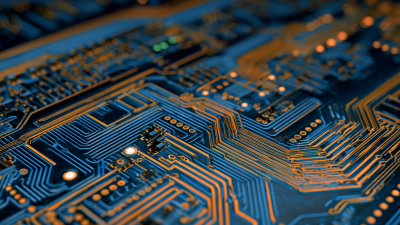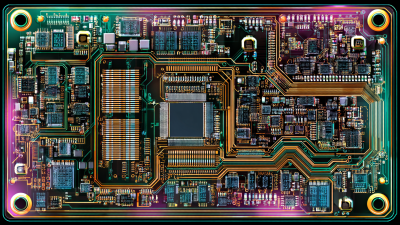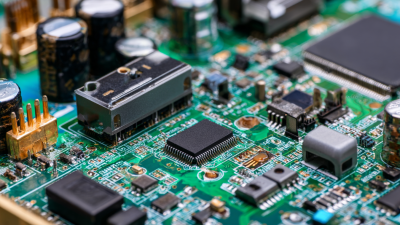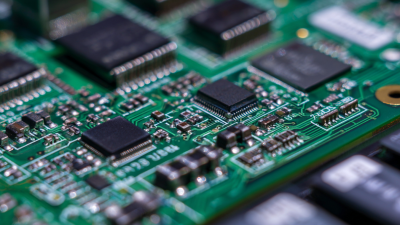
In the rapidly evolving field of electronics, the choice of a suitable PCB board is critical for the success of any project. As reported by MarketWatch, the global PCB market is projected to reach $85.73 billion by 2027, reflecting a compound annual growth rate (CAGR) of 4.40% from 2020. This growth underscores the increasing importance of high-quality PCB boards in the development of cutting-edge devices, ranging from smartphones to intricate medical equipment. It is essential for engineers and hobbyists alike to understand the various types of PCB boards available to make informed decisions that align with their project requirements.
Selecting the right PCB board is not solely about performance; it also encompasses factors such as cost efficiency, manufacturability, and the specific demands of the application. According to a report by Research and Markets, the demand for multi-layer PCBs is soaring, fueled by advancements in technology that require complex circuitry in compact spaces. With various materials, designs, and layers to consider, it becomes crucial to navigate through these options carefully. This guide aims to provide insights into the types of PCB boards, ensuring that both seasoned professionals and new enthusiasts can find the most suitable solutions for their electronics projects.
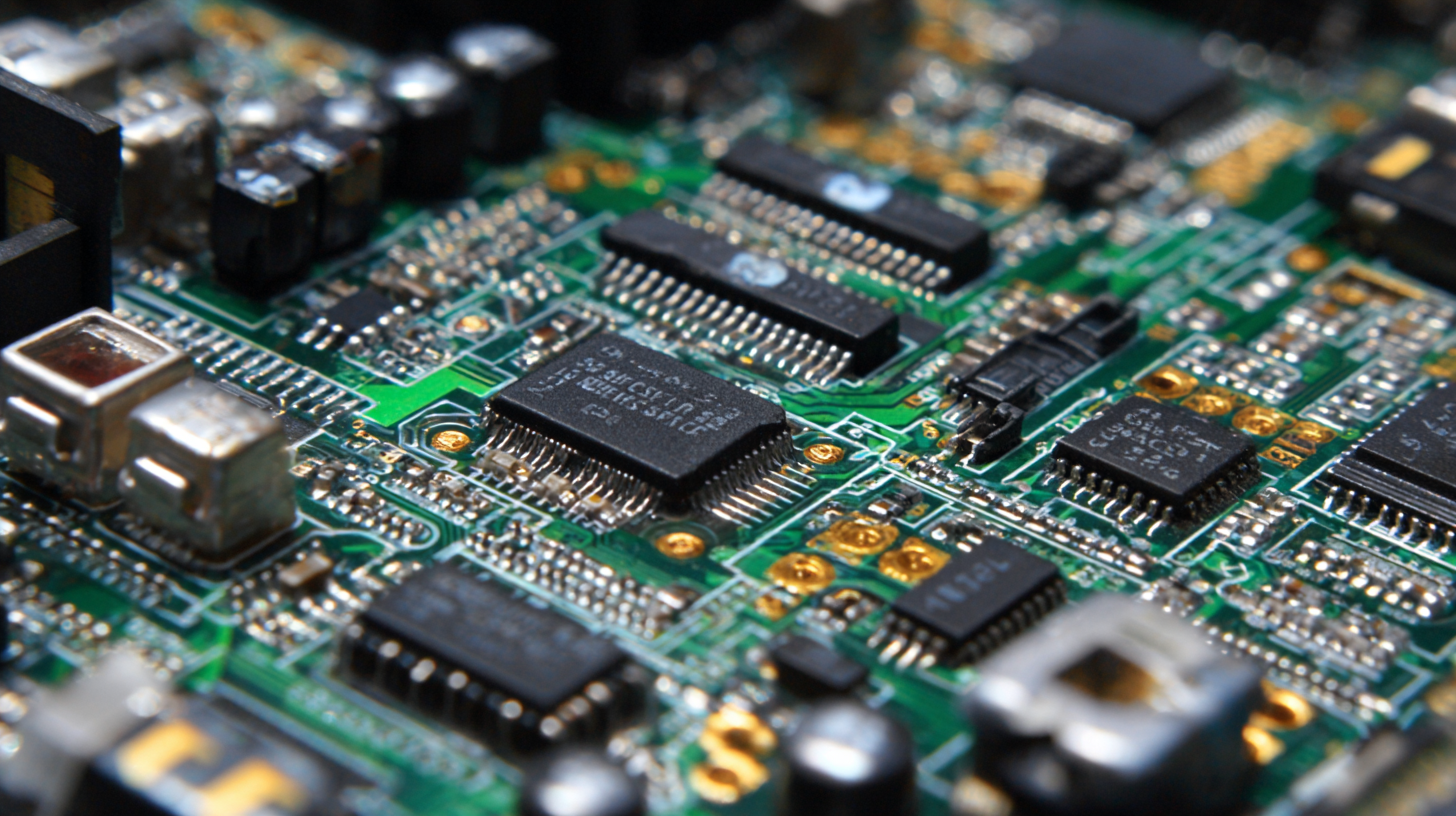
When selecting the best PCB for your electronics projects, understanding the different types of PCBs available is crucial. The three primary types are flexible PCBs, rigid PCBs, and rigid-flex PCBs.
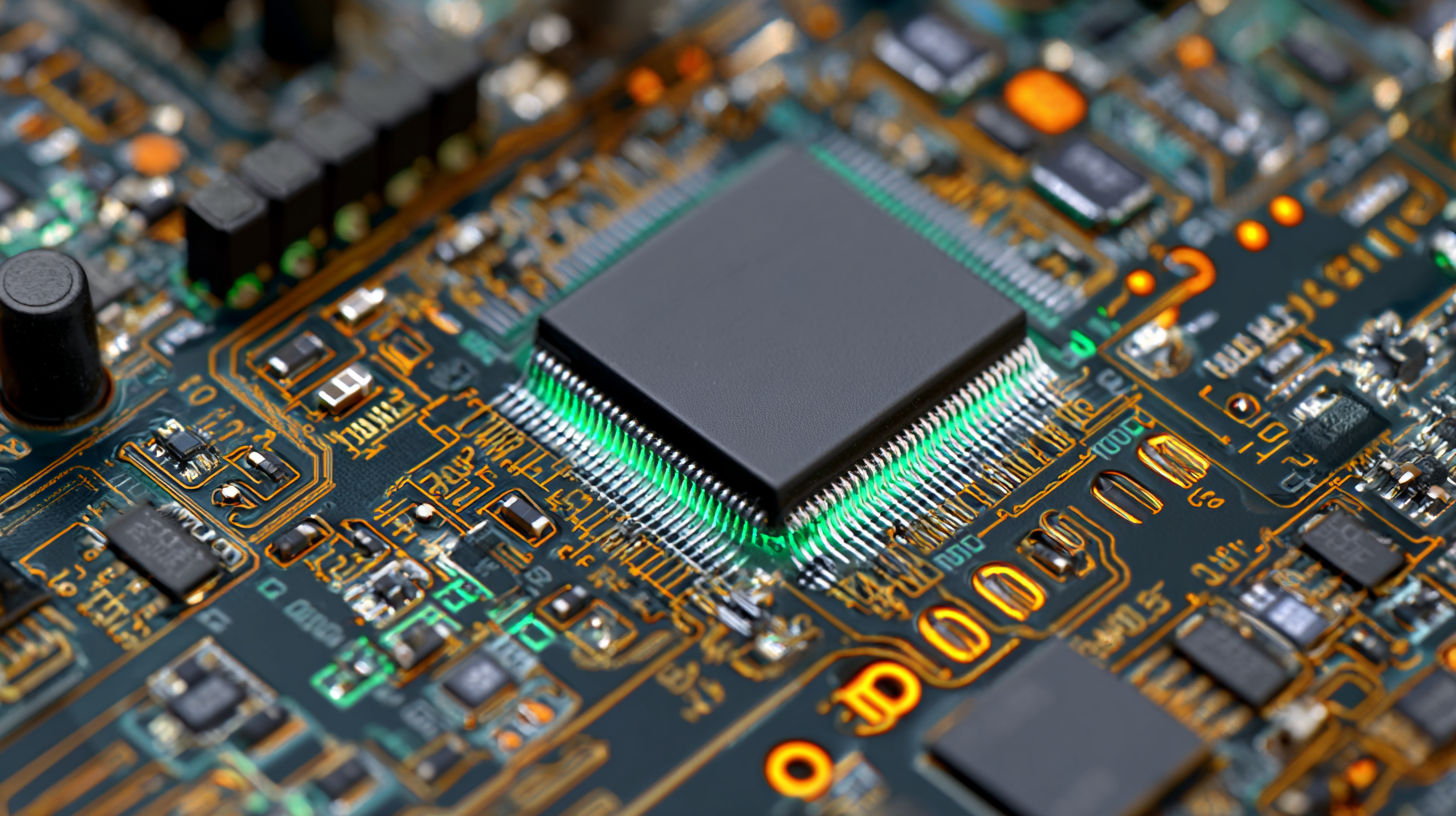 Flexible PCBs, made from flexible materials, offer high versatility and are ideal for complex designs where space is a constraint. According to a report by ResearchAndMarkets.com, the global flexible PCB market is projected to reach $23 billion by 2025, highlighting the increasing reliance on this technology in various applications, including wearables and mobile devices.
Flexible PCBs, made from flexible materials, offer high versatility and are ideal for complex designs where space is a constraint. According to a report by ResearchAndMarkets.com, the global flexible PCB market is projected to reach $23 billion by 2025, highlighting the increasing reliance on this technology in various applications, including wearables and mobile devices.
Rigid PCBs, on the other hand, provide stability and durability, making them suitable for a wide range of applications, from consumer electronics to automotive systems. The rigid PCB market is expected to grow significantly, with a compound annual growth rate (CAGR) of 4.5% from 2022 to 2029, according to Fortune Business Insights. Rigid-flex PCBs combine aspects of both rigid and flexible types, allowing for a compact design while maintaining robustness. This hybrid option is becoming increasingly popular in high-performance electronic devices, particularly in the aerospace and medical sectors, where reliability and efficiency are paramount.
When selecting a PCB board for your electronics projects, understanding key specifications is crucial. One significant factor to consider is the thickness of the PCB. Thicker boards typically provide better durability and support for components, making them suitable for high-stress applications. However, the thickness can also impact flexibility; for projects requiring bending or shaping, a thinner board may be more appropriate. It's essential to balance durability and flexibility based on the specific needs of your project.
Another important specification is the layer count of the PCB. Multilayer boards enable more complex circuit designs and a higher density of components, which is increasingly important in modern electronics. A board with more layers can facilitate better signal integrity and reduce electromagnetic interference, particularly in high-frequency applications. However, these advantages come at the cost of increased manufacturing complexity and expense. Therefore, assessing the required layer count against your project's complexity and budget is vital for making an informed choice. Additionally, considering material properties like thermal conductivity and dielectric strength can significantly influence the performance and reliability of your PCB, impacting your project's overall success.
When it comes to selecting the best PCB board for your electronics projects, understanding the manufacturing methods is crucial. Two popular techniques are Surface Mount Technology (SMT) and Through-Hole Technology. SMT allows for a more compact design, as components are mounted directly onto the surface of the PCB. According to a recent industry report by IPC, SMT accounts for roughly 70% of all circuit board manufacturing due to its efficiency and ability to facilitate high-density designs.
On the other hand, Through-Hole Technology, which involves inserting components into pre-drilled holes on the PCB, offers its own set of advantages. This method provides stronger connections and is often preferred for larger components that require robust mechanical bonding. A report by Research and Markets highlights that while SMT is leading in versatility, Through-Hole still maintains a significant market share, particularly in high-reliability applications.
Tips: When choosing between SMT and Through-Hole Technology, consider the scale of your project. For prototypes or lower volume production, Through-Hole may be more suitable due to easier handling. Conversely, if you're aiming for mass production, SMT is generally favorable for reducing space and overall manufacturing costs. Always evaluate your project's specific needs, including size constraints and component types, to make the best decision.
When embarking on electronics projects, one of the pivotal aspects to consider is the budgeting for PCB production. The cost associated with manufacturing printed circuit boards (PCBs) can vary significantly based on several factors, including size, complexity, material, and finish. For instance, a simple, single-layer PCB will naturally be more affordable than a multi-layer design, which requires additional materials and fabrication processes. Therefore, it is essential to assess the specific requirements of your project to determine an appropriate budget that aligns with the desired functionality and performance.
Moreover, unexpected costs can arise during PCB production, such as design alterations or revisions due to initial mistakes. To mitigate these risks, investing time in prototyping can save both time and money in the long run. Choosing a reliable PCB manufacturer and calculating potential costs for both small and large-scale production runs will further enhance your budgeting strategy. By carefully analyzing these aspects, you can ensure that your electronics projects are not only feasible but also economically viable, allowing you to focus on innovation and design without financial strain.
The future of printed circuit board (PCB) technology is set to evolve dramatically as innovations drive the electronics industry into 2025 and beyond. Key advancements such as CAD integration with artificial intelligence are revolutionizing the design process, allowing for more complex and efficient designs. This synergy between advanced software and engineering expertise is expected to redefine the standards of PCB manufacturing, addressing the growing demand for high-tech applications in areas like agriculture, where data-driven practices are becoming standard.
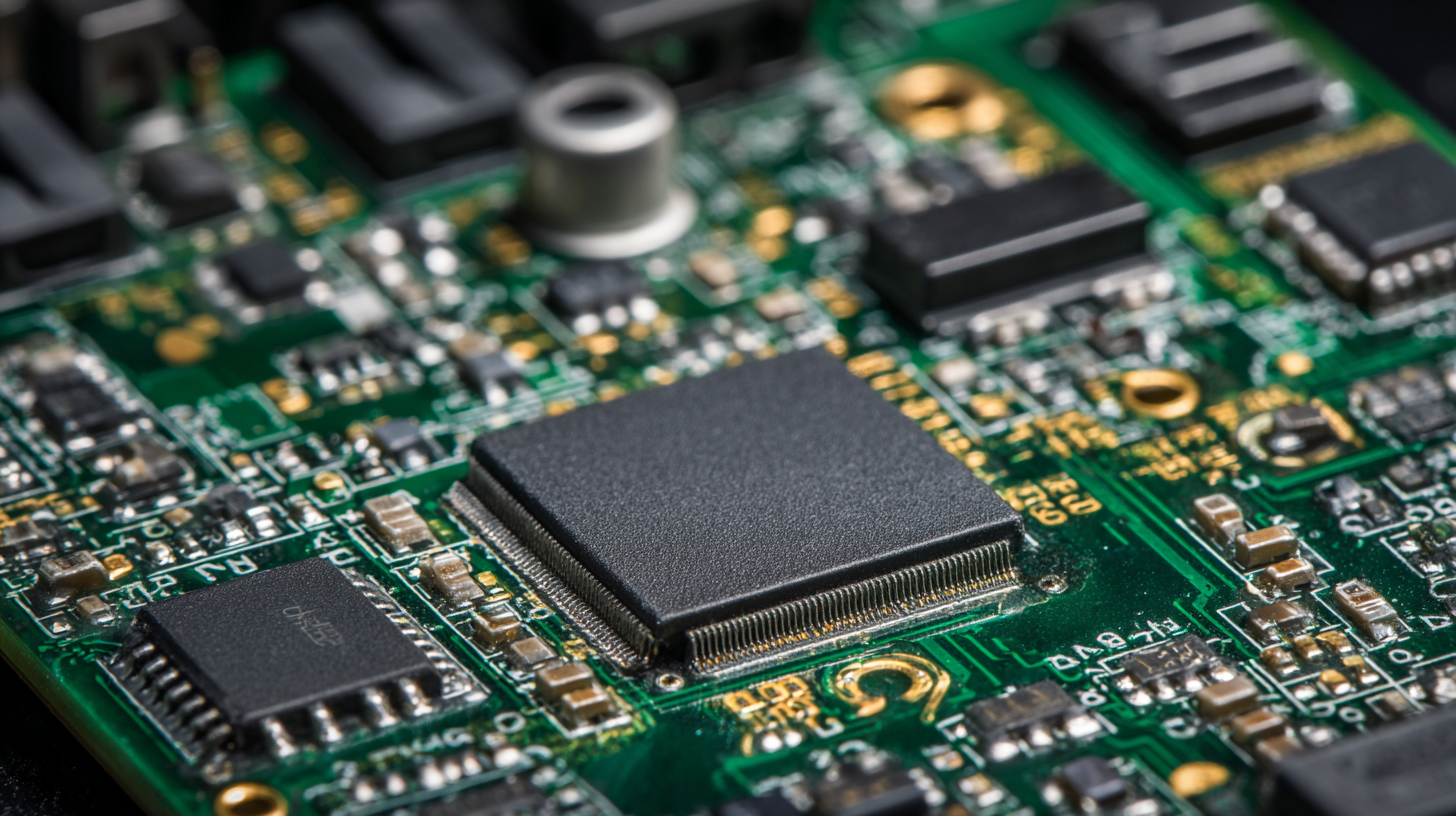
As industries embrace sustainability, the focus on environmentally friendly manufacturing processes is becoming paramount. The shift towards greener practices, exemplified by new technologies presented at major industry symposiums, highlights the industry's commitment to reducing environmental impact. With the integration of bio-microsystems and enhanced functionality in PCBs, the landscape of electronic development will not only meet current market needs but also pave the way for sustainable growth and innovation moving forward.
The advancements in smart technology and electronics will thus be central in shaping the future of various sectors, including transportation and data center management, making 2025 a pivotal year for PCB development.
